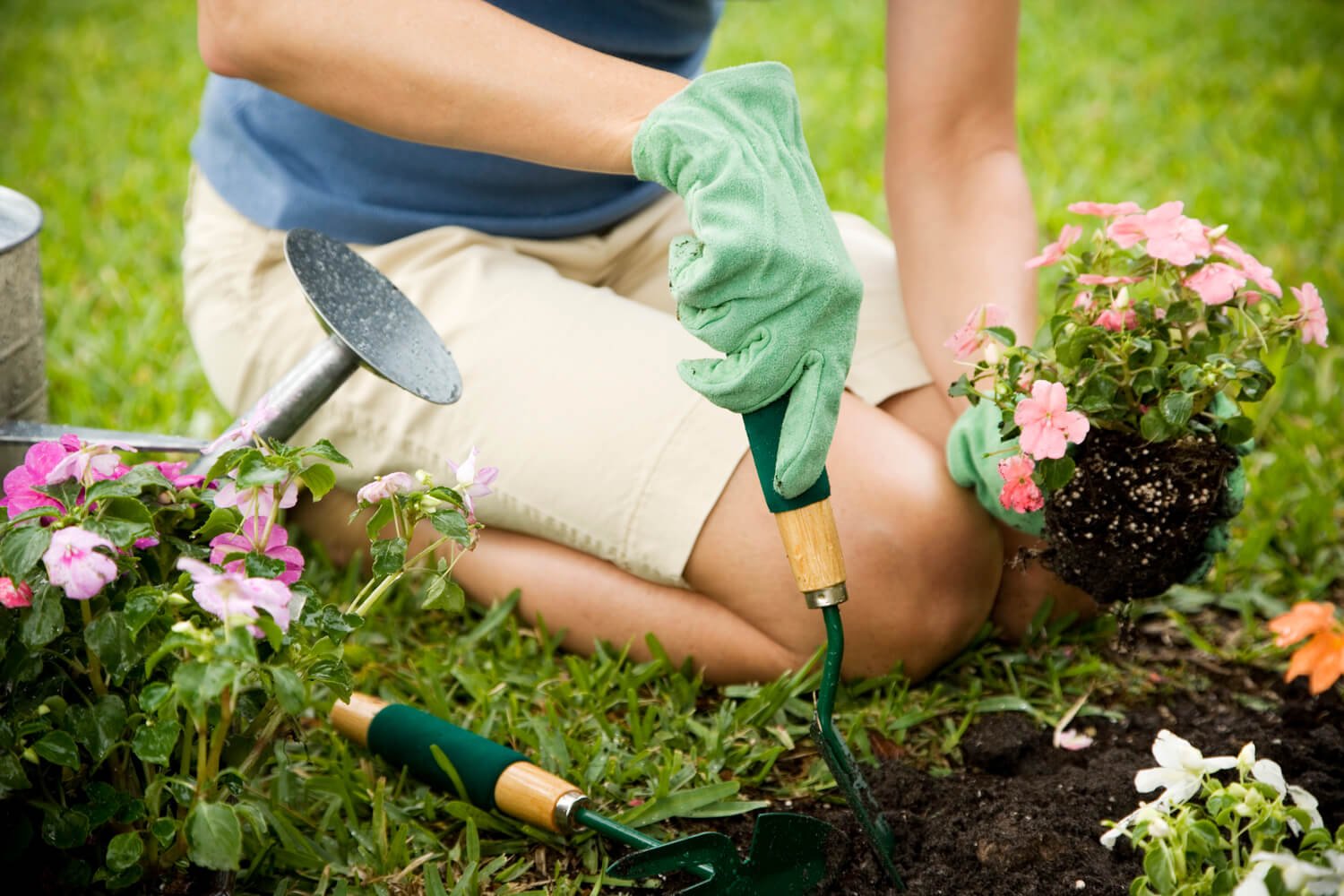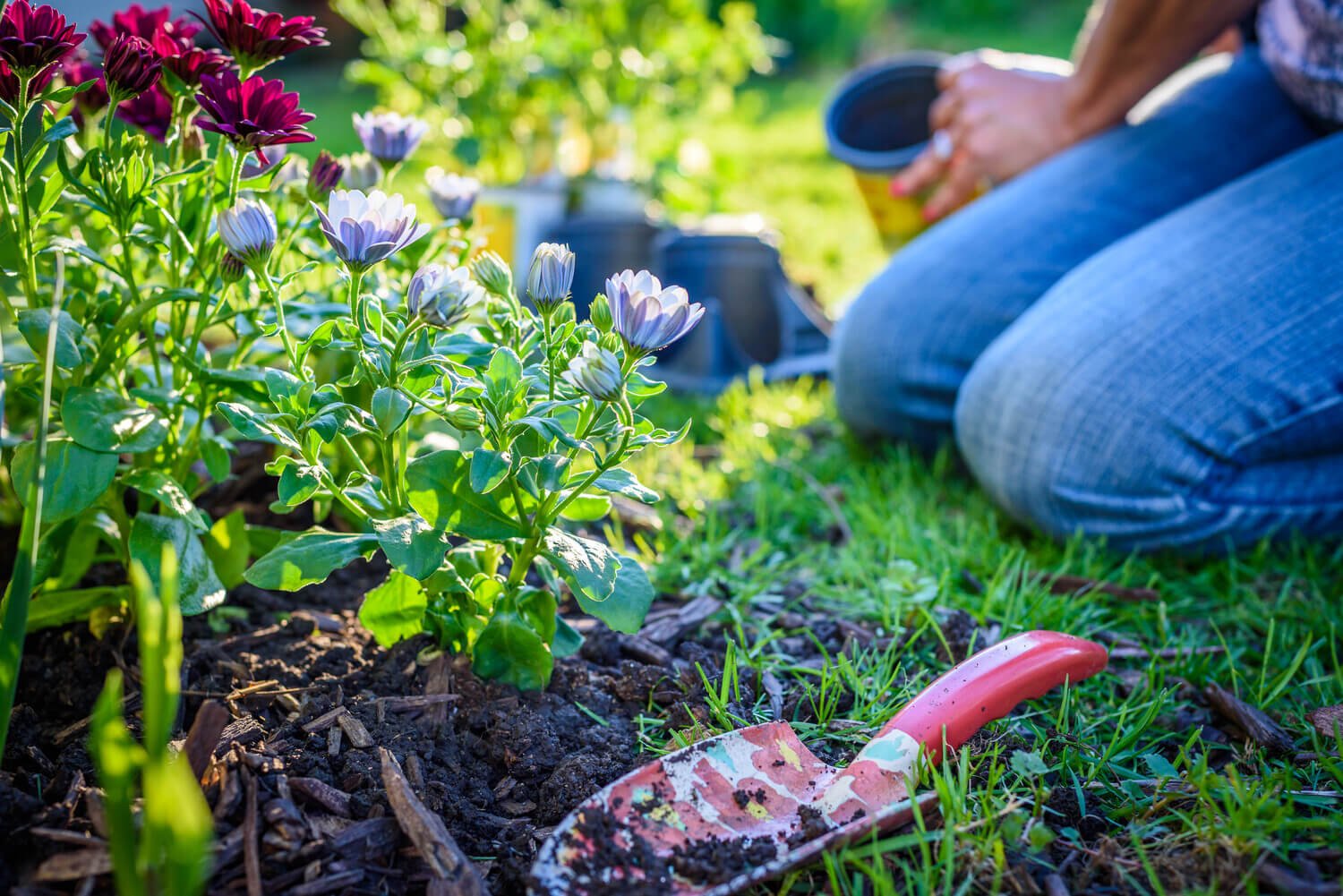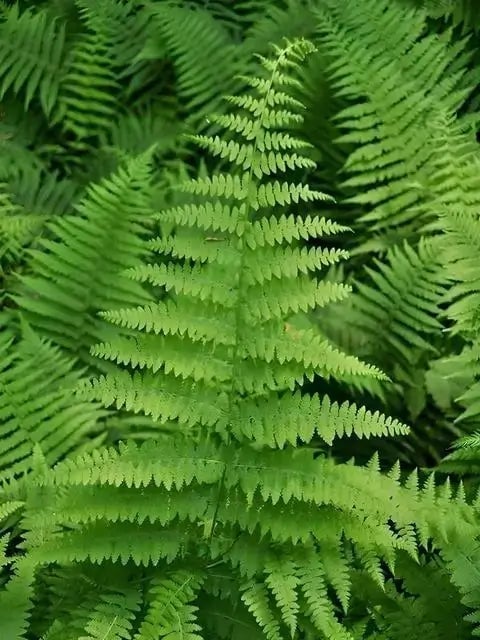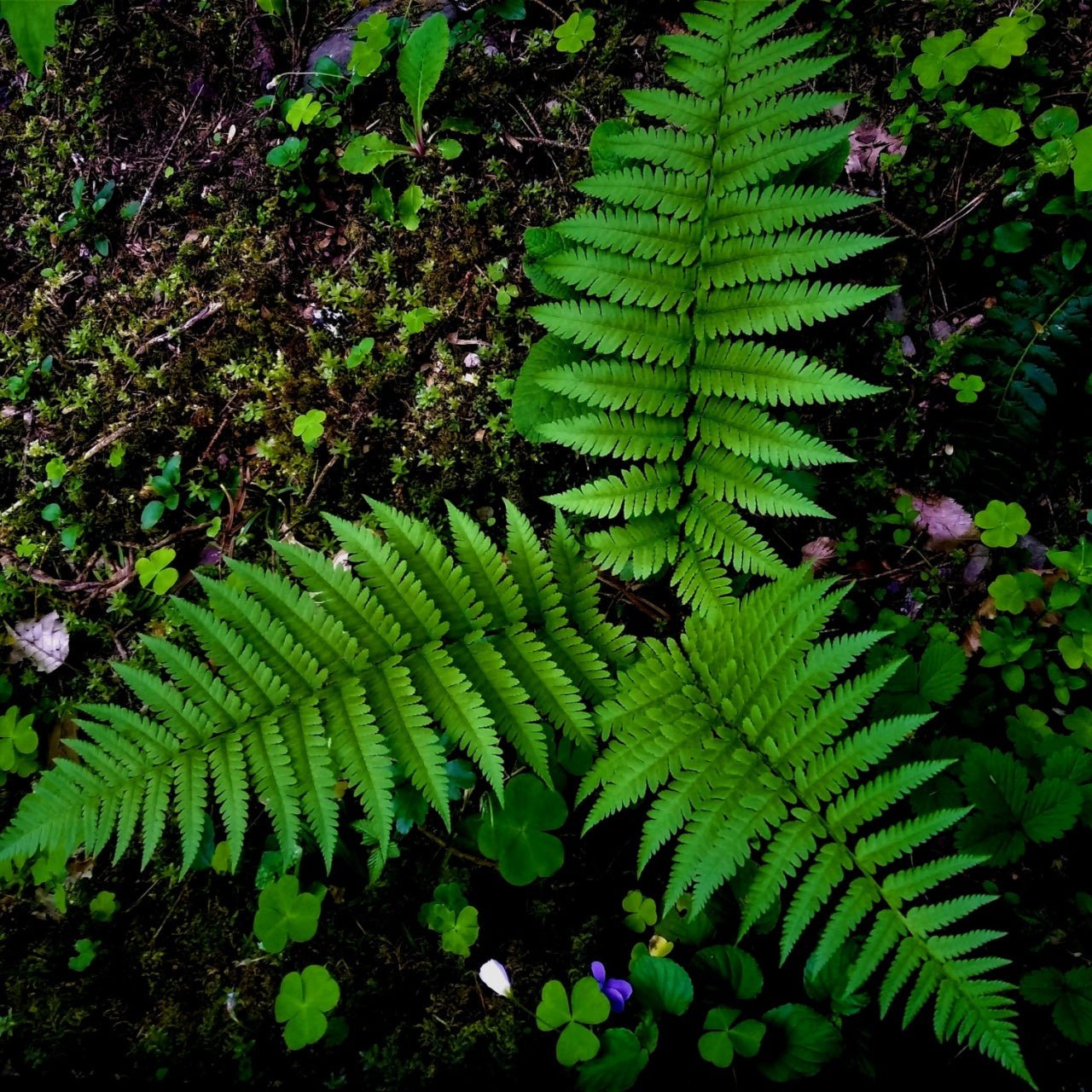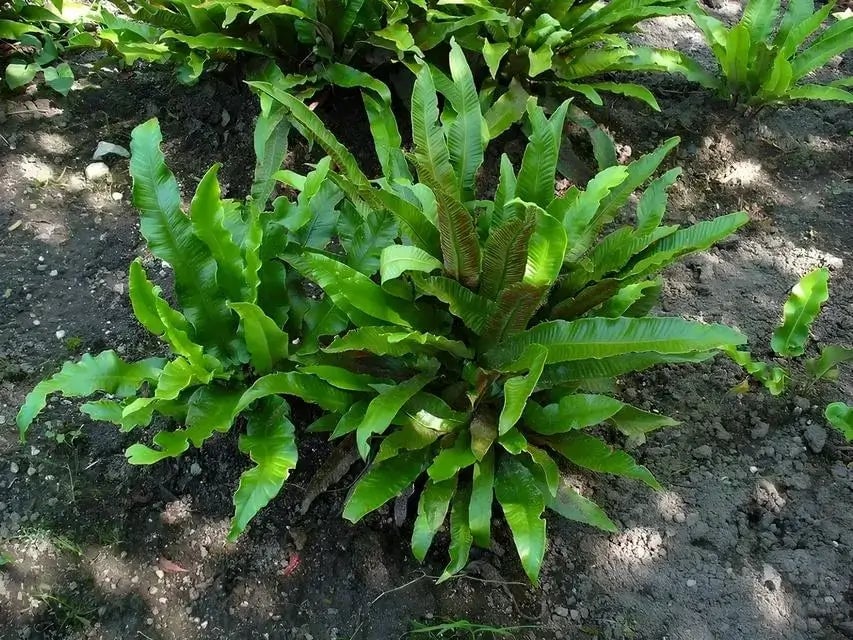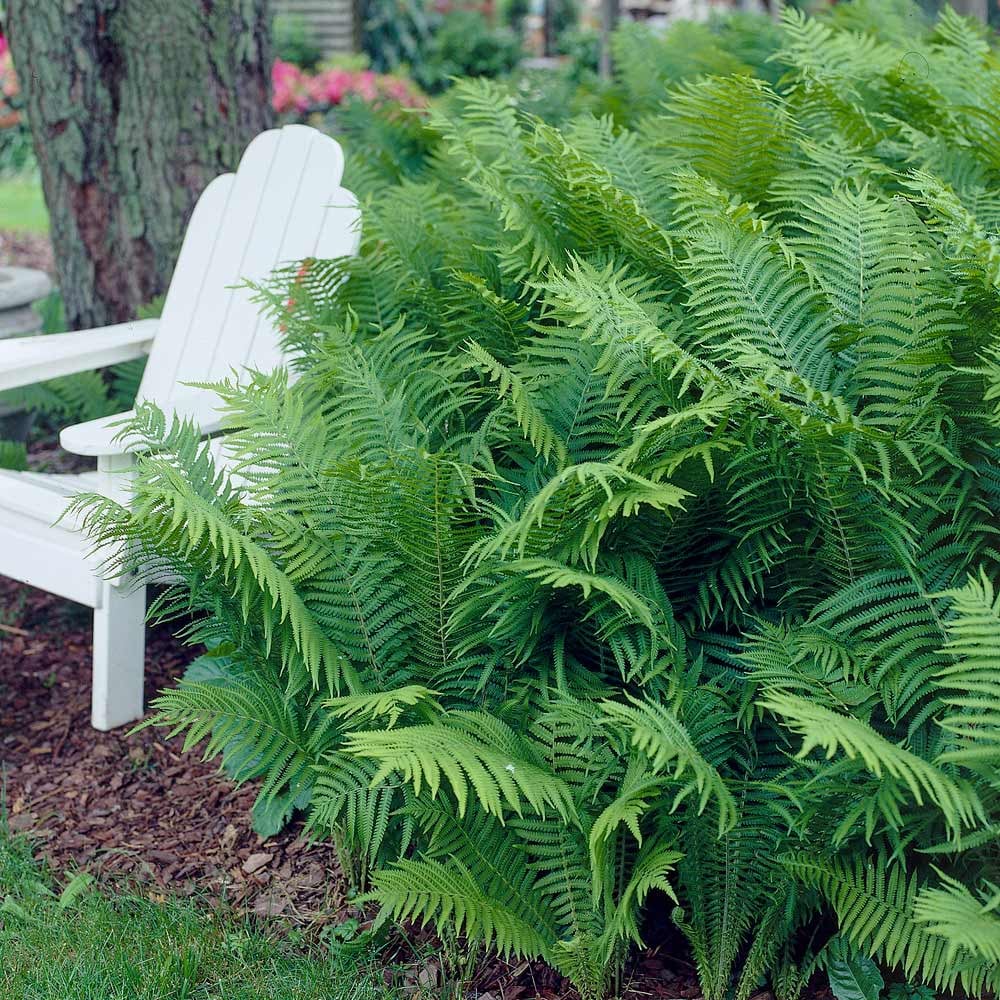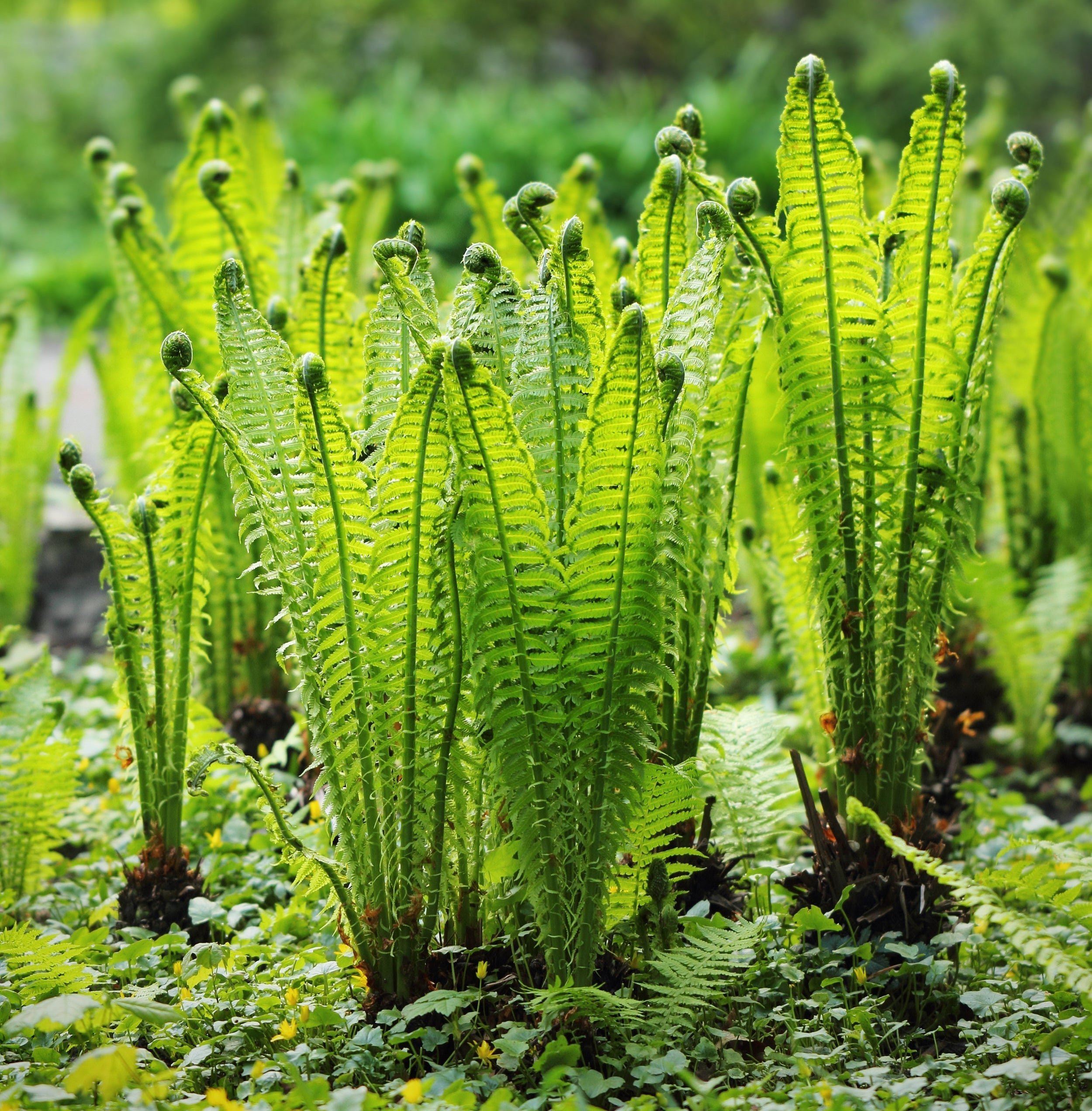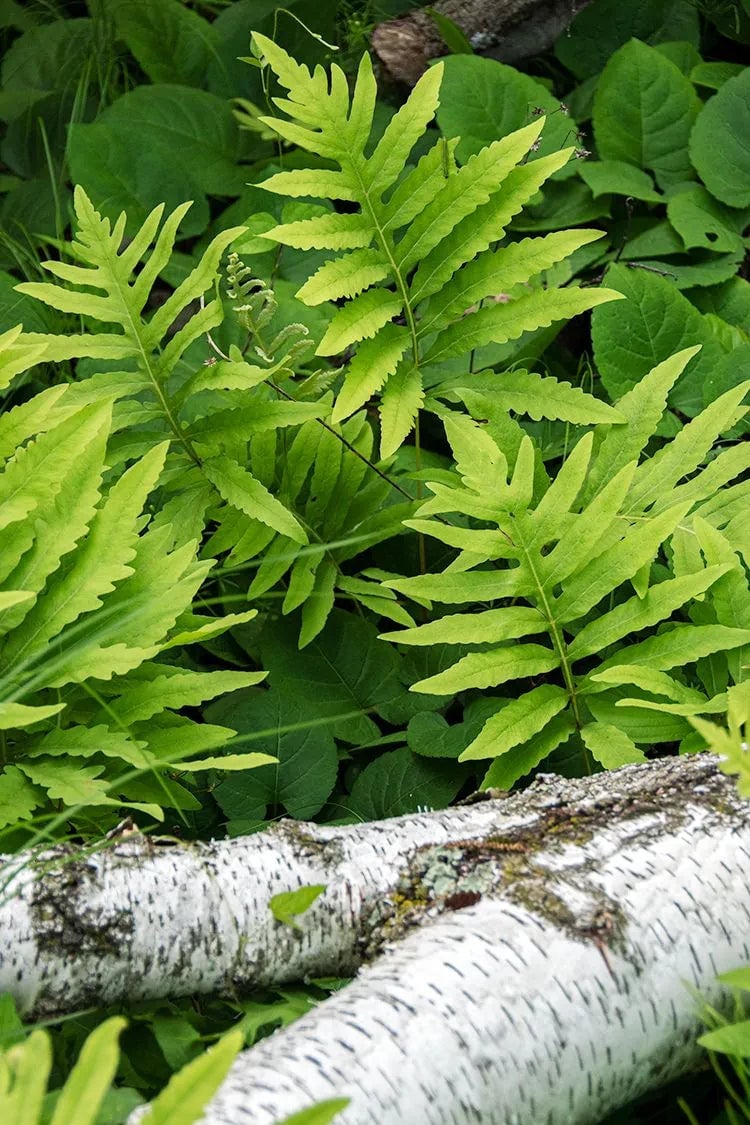Sub Collections
Filters
Filters
Easy to Grow
Planting Bare- Root Native Fern Plants
To plant bare root fern rhizomes, start by choosing a shady spot with rich, moist, well-draining soil. Soak the rhizomes in lukewarm water for about an hour before planting to rehydrate them. Loosen the soil a few inches deep, creating a shallow trench or hole.
Insertion of Native Ferns In Soil
Place the rhizome horizontally with the crown (the growing tip) just at or slightly below the soil surface. Cover with soil gently, making sure not to bury it too deeply.
Irrigation After Planting
Water well after planting to help settle the soil around the roots. Keep the area consistently moist, and within a few weeks, new fronds should begin to emerge. Mulching around the base helps retain moisture and suppress weeds while the plant establishes.
Grow Tips on Bare Root Ferns
Once ferns are planted, keep the soil consistently moist but never soggy—damp like a wrung-out sponge is ideal. Ferns love humidity, so in dry weather, misting the foliage helps them thrive.
Add Mulch For Ferns
Add a layer of mulch around theplant bases, it helps hold in moisture and keeps weeds out. Avoid harsh sun—most ferns prefer shade or dappled light. Don’t rush to feed them; if the soil is rich with organic matter, that’s often enough. If needed, a light compost top-dressing in spring works well.
